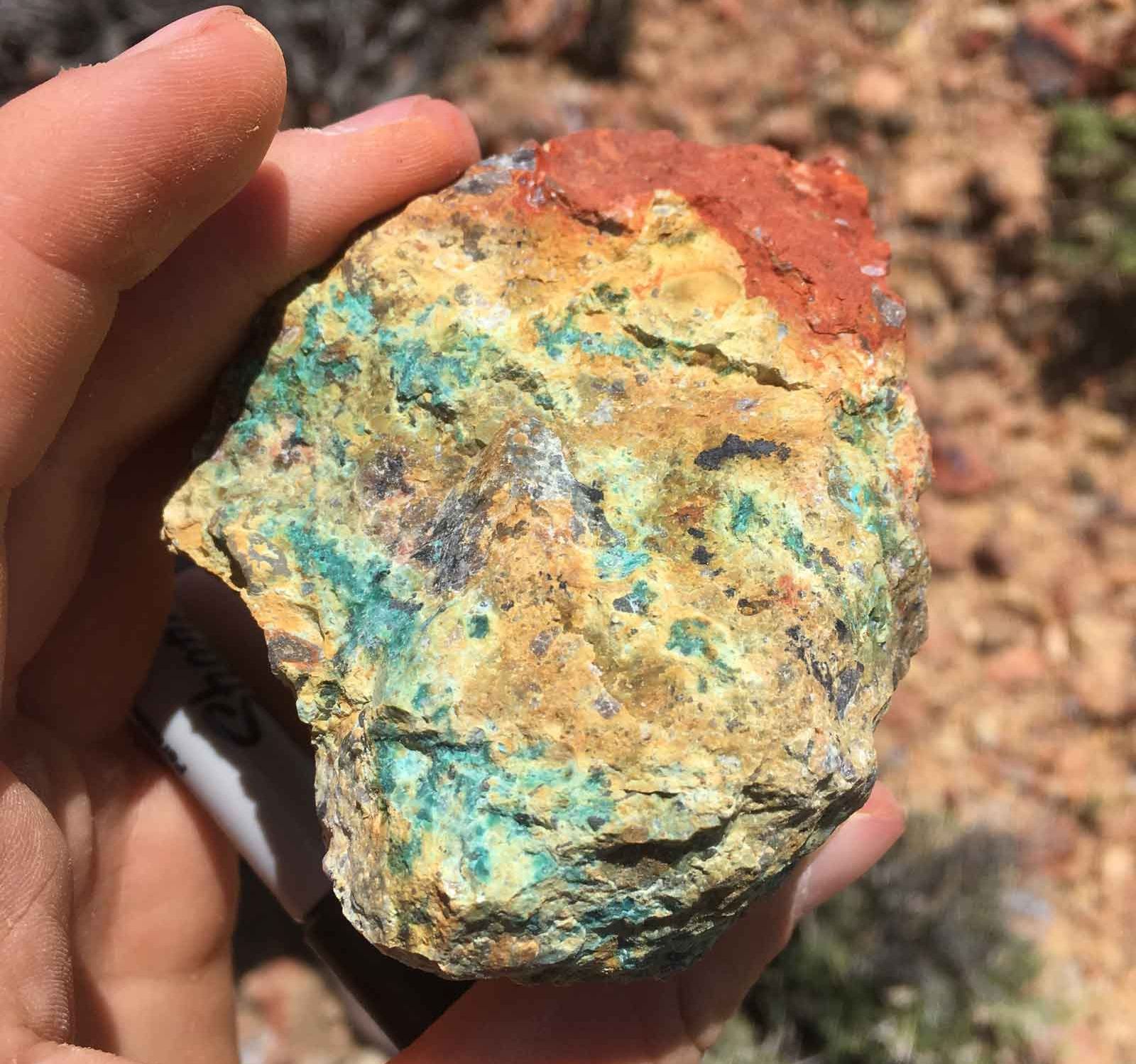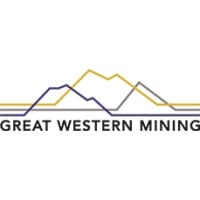Great Western Mining Corporation Plc (LON:GWMO) Executive Chairman Brian Hall caught up with DirectorsTalk to discuss the company’s recent developments in tungsten, copper, and gold exploration in Nevada, with a focus on upgraded tungsten potential at the Pine Crow and Defender workings.
Q1: First off, for those viewers not yet familiar with the company, could you just give us a brief overview of Great Western Mining?
A1: Great Western has been around quite a while; we are exclusively in the Walker Lane Belt of Nevada in Mineral County. We’ve done a lot of drilling for copper over the years; we have a copper resource, we also have gold prospects, which we drilled. We have a production mill, which we’ve constructed, which is not yet commissioned, taking its time, but getting there.
At this point, we’ve recently raised some new capital, which we’re very pleased to have done and we’re launching a drill programme this summer on our main copper prospect and on a gold prospect, which has never been drilled before, which we think is very exciting.
Our third leg to the exploration is tungsten, we have some interesting tungsten properties and we’re going to do some more work on those this year.
Q2: Now you’ve just announced assay results from the reconnaissance sampling programme targeting tungsten mineralisation at and around the Pine Crow and Defender tungsten workings. Could you just talk us through the results there?
A2: Now, obviously, the politics have changed a lot worldwide and in the United States, there are defence issues, there are tariff issues and tungsten has become a critical metal in the U.S. for defence and industrial purposes.
We decided we’d take a closer look at tungsten on our own properties because we have a lot of properties where previous mining has been done and we have two old tungsten mines, which are about three-quarters of a mile apart. They were worked in the Second World War, they were shallow mines, they’ve been abandoned since then and we took a look at those towards the end of 2024 and said, look, there’s potential to do more on these. We then found actually that the mines were just on the very edge of our claims so we went out and staked some more claims before anybody else could.
So, we now have a good halo of claims around these two old mine and this spring, once the winter weather was over, we’ve had a field team of geologists out there, looking at the ground. We haven’t done any soil samples yet and obviously we’re miles away from doing any drilling but what they found is that in the three-quarters of a mile between the two properties, they took grabs and there were just indications of tungsten all the way between the two.
Now, the two old tungsten mines, Defender and Pine Crow, were only shallow mines, they were developed for defence reasons in the Second World War and abandoned after that and nobody has drilled deep there. We’ve taken some pretty fancy tools up there, we’ve looked at our grabs carefully, had them lab analysed, and we’ve got some good results.
The next thing for us to do is to do soil sampling and we’ve got a team ready to go and do that early next month, July and we’ll start soil sampling, and we’ll then get some results from those to see if the soils reflect the quality of the grabs. If that works, we will then go and do a gravity survey, which is easy to do because tungsten is a very heavy material and a gravity survey shows tungsten very, very easily.
So, we’re building up this story quite nicely. I’d say we’re some way from drilling it but it’s a building story and we’re very excited about it because tungsten is a very scarce metal in the U.S. at the moment. Prices are high and there’s a big demand for it, so this is an exciting new story. This time last year or this time even six months ago, we weren’t really talking about tungsten very seriously, but now we are.
Q3: What does that mean for the company and to its focus?
A3: It’s another arm to an existing focus. If I could just talk you through copper for a moment.
If you can imagine a flat valley with low mountains surrounding it on west, north, east. On the eastern side of that valley, we have drilled about 5,000 metres for copper, and we have a resource of copper there, about four and a quarter million tonnes at a grade of about 0.45 grams a tonne so we already have a copper resource.
The other side of the valley, we’ve established a copper porphyry setting and we’re going to drill that this year. Now, we’ve done lots of work, we’ve done geophysics, we’ve done soil samples, but we haven’t actually drilled that copper porphyry yet, we have one random hole from a long time ago, but we haven’t actually drilled that so this summer we’re going to drill that.
Our plan is not only to prove that there’s copper at depth to match the surface work we’ve done on the geophysics, but our aim is to see if we can establish that there is a copper setting right across this valley which connects to the other side on the east, where we already have a resource.
Now, the valley itself is covered with all sorts of sediments and tertiary cover, so the copper disappears under the valley floor. Nobody has yet drilled in the valley, we’re not planning to, we’re still drilling on the edges, but our geophysics indicate that the copper continues under the valley floor. If we can join all these threads together, then we’re aiming to see if we can find a major commercial copper mine. That’s our aim. We’ve been working on this for some time. We’d like to convince a bigger company that that is the case, but bigger companies always want more data etc., so we’re talking to a number of people about this, but we’ve taken the decision that we need to do some more drilling ourselves to build this story.
So, that’s a building story. Copper is fairly long term, but of course, directly to the northeast of our copper resource lies the tungsten so it’s all very much in the same area. This is the area we’re focusing on at the moment.
Q4: Sounds like there’s plenty going on.
A4: Plenty going on, and we also have a gold story, and we have this gold prospect called Rhyolite Dome, which has never been drilled before. We’re going to stick some holes in that this summer, we’re going to do a geophysical survey first, but we’re about to sign a contract with geophysics now. We expect to drill that this summer as well.
So, this summer, our drilling is going to be copper, gold, and our fieldwork is going to be to take the tungsten story forward.
Q5: Just in terms of news flow, what can investors expect from Great Western Mining over the coming months?
A5: Well, I think there’ll be quite a lot of news flow. We are right now awaiting some results from fieldwork we’ve done this summer on the West Tantoon Copper Project, I literally thought we should have them by now, but they’ll come out of the lab soon. So, that’s the next bit of news probably coming up.
We’ll be signing drill contracts quite soon. We’ll be shooting the geophysics over the Rhyolite Dome Gold Prospect and then, of course, there’ll be the drilling news as and when we start drilling. I can’t tell you exactly when we will start drilling, because it obviously depends on quite a few moving parts to all this, but we’ve raised money recently on the understanding that we’ll drill this summer, and that’s what we’re going to do.
So, there’s going to be drilling news coming up over the next two, three months and we’re going to have quite a lot of news on gold, copper and, I hope, tungsten.











































